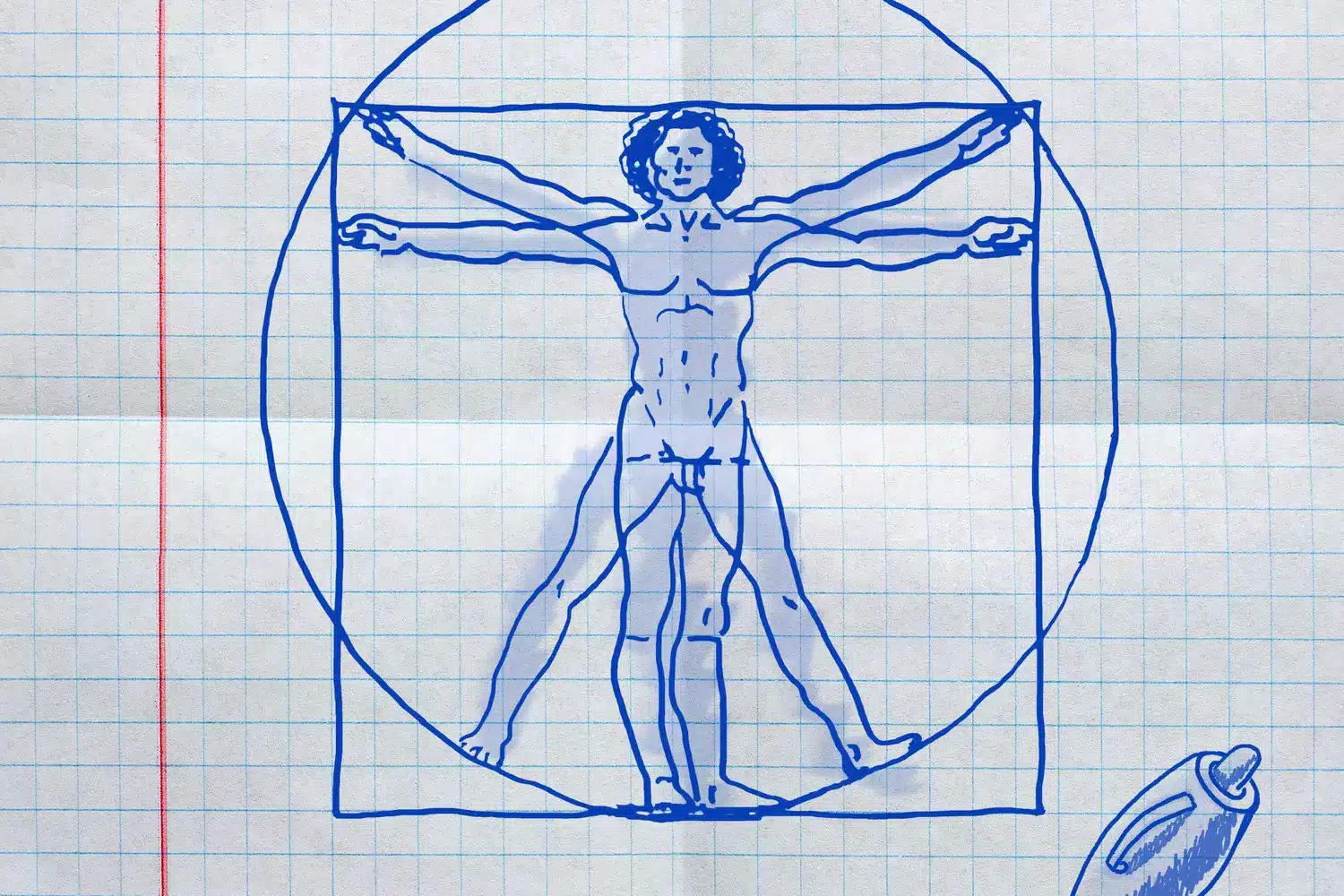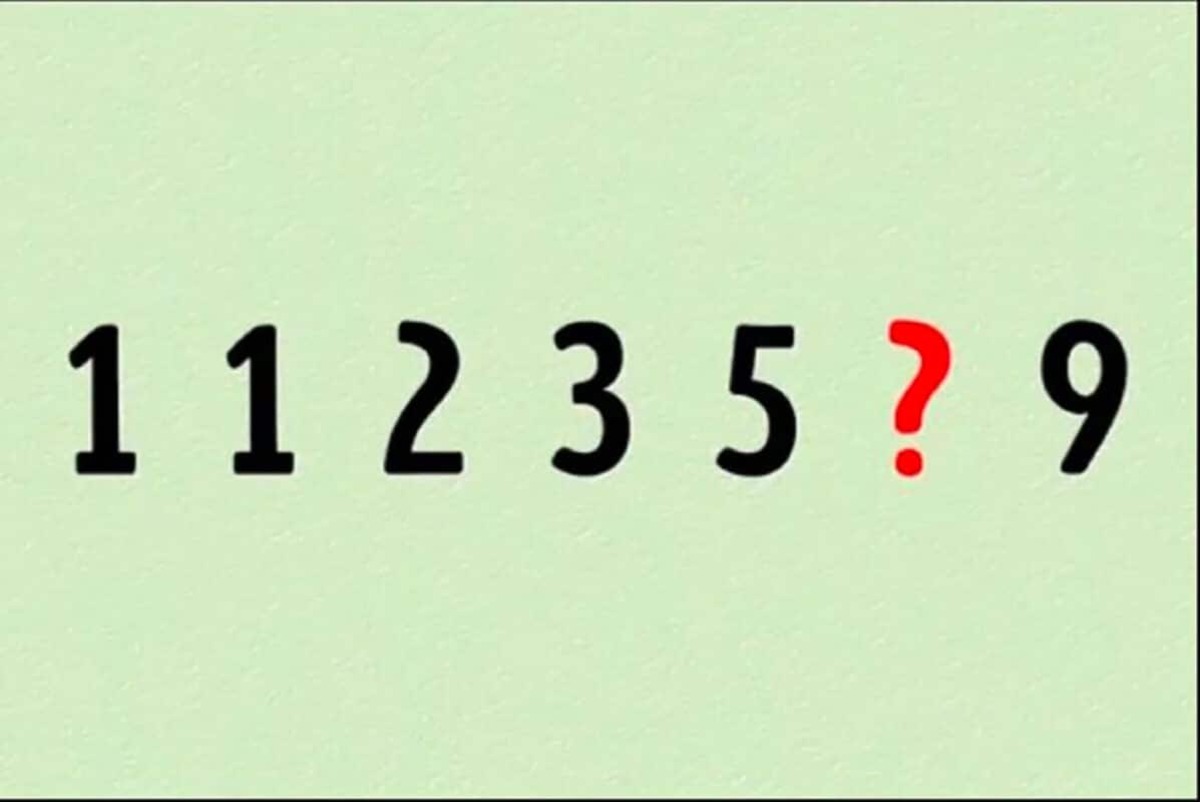Can a simple optical illusion really reveal how someone views the world? This playful personality test suggests it might. By asking which animal is noticed first—a duck or a rabbit—it promises to uncover subtle traits about an individual’s mindset. This fun and entertaining test has drawn curiosity due to its surprising insights into whether one leans toward being an optimist or pessimist.
Many wonder why such a quick decision can say so much about one’s outlook on life. The concept plays with the mind’s natural tendencies, hinting at deeper aspects of the inner self. While not scientific, many feel that their instinctive choice in these illusions matches parts of their life perspective that are difficult to explain otherwise. So, does seeing a duck or a rabbit first really expose a positive or negative mindset? Let’s explore what this quirky test suggests.
How does the optical illusion work?
This particular illusion features an image crafted to show two animals at once. Some will notice the duck first, while others may immediately spot the rabbit. Whichever animal comes to mind right away becomes the starting point for interpreting personality. Psychologists have long been interested in ambiguous images because they prompt quick choices, sidestepping overthinking. The animal you see first offers a clue to subconscious reactions.
People sometimes become competitive about which animal appears to them first, making the experience even more engaging. In reality, there is no correct answer—just a playful way to explore one’s own character. Attention naturally drifts toward certain elements based on mood, experiences, or daily stress, so results might shift over time or depending on circumstances.
Why ducks and rabbits?
The classic duck-rabbit drawing dates back more than a century and has featured in various psychological studies. Its simplicity makes it perfect for prompting fast, instinctive choices. Animals like ducks and rabbits also carry gentle cultural associations. A duck might bring to mind cheerfulness and energy, while a rabbit can suggest caution and contemplation. These associations feed into the interpretations offered by the test.
Ambiguous figures like this stir the imagination, encouraging each person to find meaning unique to their situation. The lasting appeal of this illusion lies in how approachable and lighthearted the exercise feels, making self-reflection accessible without becoming overwhelming.
What happens during the test?
When shown the picture, participants simply state which animal catches their attention first. There are no trick questions or lengthy instructions—just a split-second decision. This easy format allows the test to be used in groups or individually, making it popular on social media and among friends.
Many enjoy comparing answers, discussing who saw the duck versus the rabbit, and teasing out what those choices could reveal about true nature or approaches to challenges. This collaborative discussion adds entertainment value, keeping the activity relaxed and sociable.
If the duck is seen first: optimism with hidden worries
Spotting the duck first often paints the portrait of someone who seems cheerful and upbeat. This individual is usually viewed as an optimist, lifting spirits and refusing to linger on setbacks. Outward behavior reflects friendliness and encouragement, inspiring others to adopt a brighter life perspective.
Beneath the surface, however, such people may hold a complex inner self filled with quiet worries or recurring doubts. Rather than sharing personal struggles, they choose to shield loved ones from emotional burdens. Their strong desire to nurture and protect leads them to mask anxieties behind smiles and energetic gestures.
The role of emotional depth
A person in this group connects deeply with emotions, offering authentic empathy when friends confide in them. Challenges rarely shake their public persona, but processing feelings privately remains essential. Someone who spots the duck values both positivity and sincerity, turning obstacles into lessons rather than permanent defeats.
This ability to appear motivated yet sensitive makes them steady supporters for everyone close. Their optimism is genuine, strengthened by quietly working through doubts instead of ignoring them.
The drive to uplift others
Another defining trait is striving to keep spirits high for family and colleagues. When trouble arises, this person acts as a comforter or motivational voice, always ready with laughter or practical solutions. Handling pressure becomes a method of shielding others, reflecting genuine care.
Still, maintaining harmony can mean neglecting personal needs. The determination to stay positive may lead to late-night worry or restlessness, but this never dims their willingness to support others. The test hints at an optimist with far greater emotional range than most realize.
If the rabbit is seen first: thoughtful procrastinator or gentle realist?
For those whose eyes land on the rabbit first, the personality test highlights subtler strengths and struggles. Seeing the rabbit tends to signal patience, caution, and a preference for calm whenever possible. Instead of rushing into responsibilities, this type finds value in pausing and waiting for inspiration or the right moment.
This tendency brings labels like “procrastinator,” though that seldom tells the full story. While big goals might get delayed, small actions toward peace and stability happen beneath the surface. Perhaps brief escapes—a cup of tea, a stroll outside—are enjoyed before major decisions are made.
Inner motivation and workspace preferences
Those in this category do not lack motivation; they simply prefer low-pressure environments where ideas can develop naturally. Loud expectations or tight deadlines may cause stress, so finding peaceful spaces helps thought flow. Once ready, this person reliably delivers, often providing creative or unexpected solutions.
Moments of apparent delay allow intuition to guide action, resulting in fewer forced errors. Approaching life gently, the “rabbit-first” thinker follows a unique path and tries not to give in to external demands. Their mindset balances realism with hope, informed by careful planning and flexibility.
Learning to push past hesitation
While comfort in familiar routines is natural, taking gentle risks expands opportunity. Overcoming hesitation does not require abandoning preferred habits but blending them with new experiences. Recognizing the value of short pauses allows for clearer thinking and a better life perspective.
As this entertaining test shows, seeing the rabbit first can indicate readiness to embrace optimism, just at a slower pace. Friends and coworkers value this reliability—someone who acts thoughtfully and cares about outcomes. Ultimately, a “rabbit-viewer” balances contentment with curiosity.
What does the animal you see first reveal about your life perspective?
Whether identifying as a natural optimist, gentle realist, or somewhere in between, the optical illusion offers engaging food for thought. Noticing the duck demonstrates resilience wrapped in humor, while recognizing the rabbit reflects wisdom about pacing oneself. Both perspectives offer insight into what shapes one’s outlook on the world.
Conversations sparked by this fun personality test help friends learn more about each other’s coping styles—and often bring shared laughter over old habits and quirks. Discussed openly, these results remind us there is never only one way to handle stress or seek happiness. Real understanding comes from looking closer at the details behind initial instincts.
- Instant reaction to the animal you see first hints at subconscious patterns.
- Comparing results stimulates curiosity and conversation around life’s challenges.
- Both duck and rabbit discoveries hold positive qualities alongside potential growth areas.
- Playful approaches like this encourage self-awareness without judgment.
- Changing answers over time reflect shifting moods and circumstances.
Using fun tests to spark self-discovery
Lighthearted personality exercises like this continue to grow in popularity because they invite honest self-reflection free of clinical pressure. Sharing test results often breaks the ice in gatherings or online communities. These optical illusions remind us that everyone interprets life—and even pictures—a bit differently, shaped by hidden traits and learned perspectives.
Even if the result feels fleeting, there is enjoyment in imagining how an outlook on life gets shaped by snap judgments. Encouraging informal discussions about the animal noticed first opens opportunities for growth, understanding, and camaraderie. People search for meaning in the smallest moments, and sometimes, a single glance at an illusion says more than expected.








